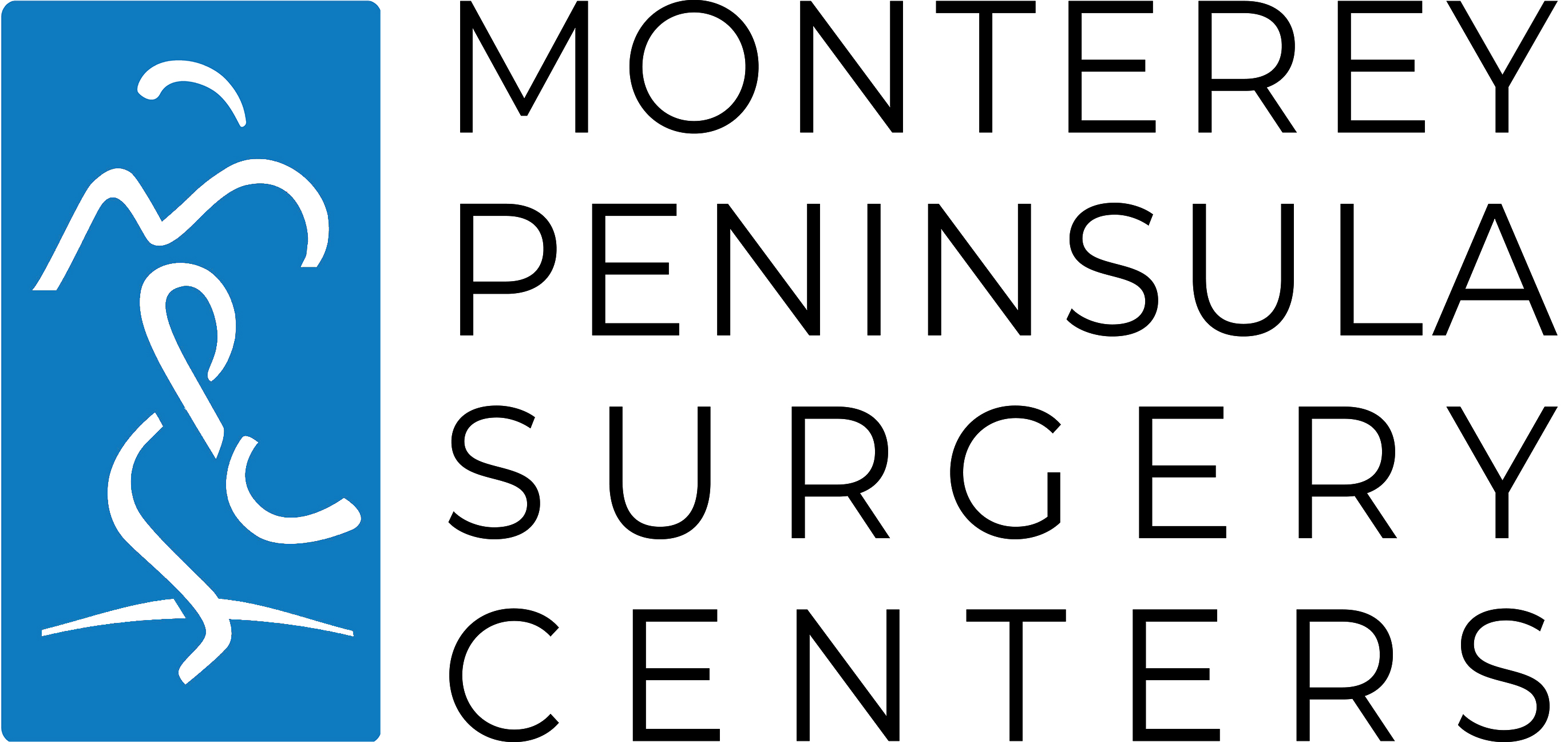Ear, Nose and Throat
Head and Neck disorders are well suited for minimally invasive surgical approaches because the nasal, ear, and throat passages offer a natural entryway for the sophisticated, thin instruments used in these procedures. These types of procedures result in less tissue damage, faster recovery, less pain, and less scarring than treatments performed through open incisions. These procedures are now commonly done for patients suffering from conditions such as chronic ear disease, sinus disease as well as throat and voice disorders.





